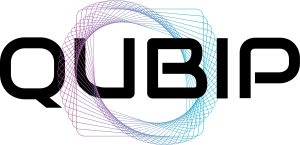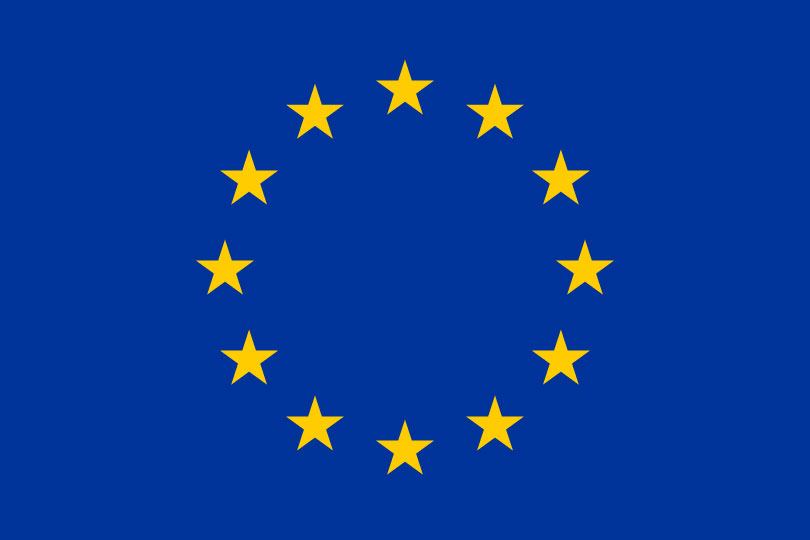Quantum-secure IoT-based Digital Manufacturing
The security of connected production facilities depends on the adoption of hardware solutions that shield the facility while building trust between the embedded devices involved at the same time. Automation systems produce and consume data, so building a Trust in Data solution is essential for autonomous decision making while getting the most advantage out of these systems. Addressing the transition of automation to PQC means redesigning its HW components to work with PQC. The approach is to design and HW secure elements that implement the most promising PQ algorithms and plug them directly in the embedded devices. The final solution will be complemented by a Trusted Computing solution secure against quantum threats to verify the software running on these devices at boot and runtime (measure boot and remote attestation). The overall objective is to advance European technological sovereignty by providing hardware PQ implementations designed using non-proprietary processing systems as RISC-V cores.
Quantum-secure Internet Browsing
Exploring the transition of the Internet to PQC to enable quantum-secure browsing on the World Wide Web. A group of early adopters will browse a portion of the web using an experimental version of the Firefox browser, while trying out a brand new login experience with their new decentralised digital identity with privacy-preserving capabilities. Behind the scenes, multiple implementations of PQ/T Hybrid TLS 1.3 and PQ/T Zero-Knowledge Verifiable Credentials for user authentication will protect access to digital services.
Quantum-secure Software Network Environments for Telco Operators
Next-generation telecom networks, in 5G and beyond, enforce the separation of control and data planes as one of their design principles, while adopting both Software-Defined Networking (SDN) and Network Function Virtualisation (NFV). Exploring the hybridisation of Quantum Key Distribution (QKD) and PQC to create a Universal Quantum-secure Key Distribution (UQKD) layer feeding IPSec endpoints has the potential to accelerate the transition to a quantum-secure state of such highly dynamic environments. The combination of IPSec and UQKD provides a quantum-secure option for protecting (a) the interactions among SDN elements and virtual network functions in the control plane, and (b) the on-demand network services in the data plane.


